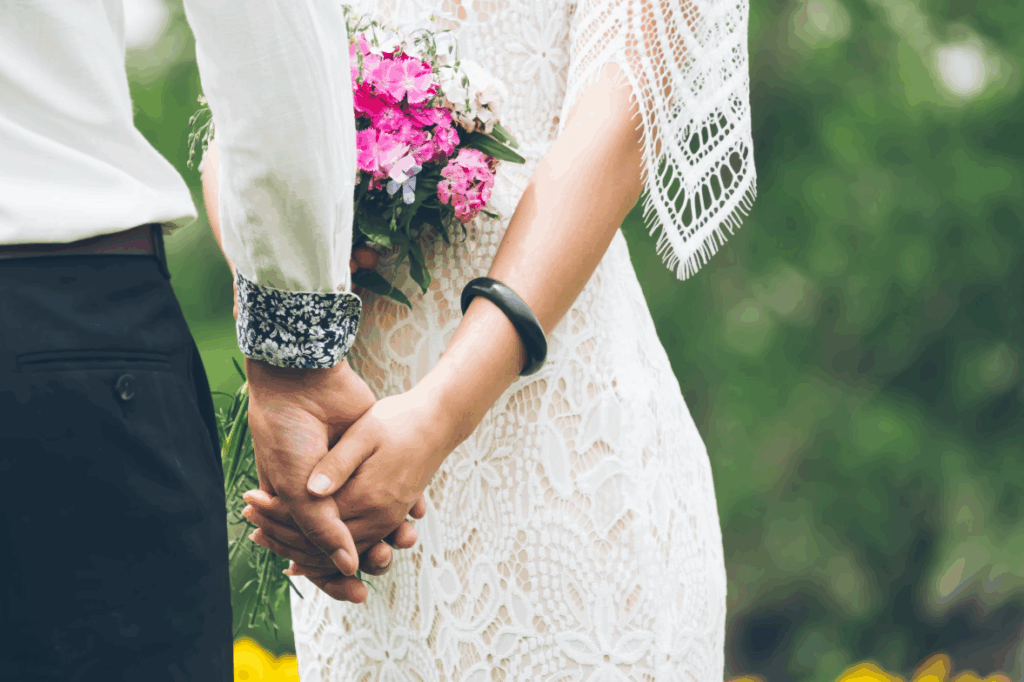Developing a unique cinematic wedding look isn’t just about aesthetics — it’s about identity. Your color grading style becomes part of your brand, the visual fingerprint that distinguishes your work from every other wedding video editor in the industry.
The process begins with understanding your emotional goals. Do you want your films to feel warm and nostalgic, clean and editorial, or soft and romantic? Your color choices — temperature, contrast, saturation — all serve to reinforce that feeling. In cinematic color grading for weddings, emotion comes first, technique second.
A strong signature look is repeatable yet flexible. This is where using tools like a DaVinci Resolve wedding preset becomes essential. By building a preset that acts as a baseline — consistent contrast curves, shadow lift, and skin tone balance — you can adapt the same look across different venues and lighting situations.
Wedding LUTs for DaVinci Resolve can also help you develop and preserve your signature aesthetic. While many LUTs aim to mimic film stocks or trendy vibes, the best ones let you enhance natural beauty without overwhelming the footage. Over time, you can tweak these LUTs into custom versions tailored to your cameras and style.
Lighting is key. Inconsistent lighting across ceremony, portraits, and reception clips can throw off your look unless you have a smart wedding video workflow. Learning to match exposure across scenes — with lift/gamma/gain or log wheel control — will ensure cohesion and visual elegance.
Your signature cinematic wedding look also relies on restraint. Many beginners overdo it with intense teal-orange splits or crushed blacks. Cinematic grading often involves subtlety: lifting shadows slightly, warming skin by a few points, or giving whites a creamy softness.
In the end, a consistent visual style communicates trust and quality to your clients. When they recognize your work without seeing your name, you’ve succeeded in more than just color grading — you’ve built a brand that lasts.

